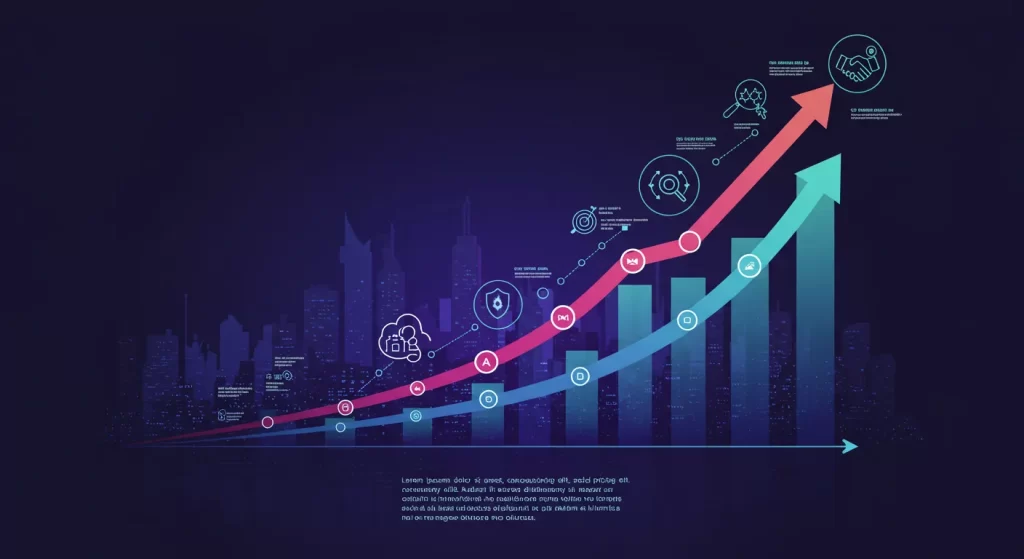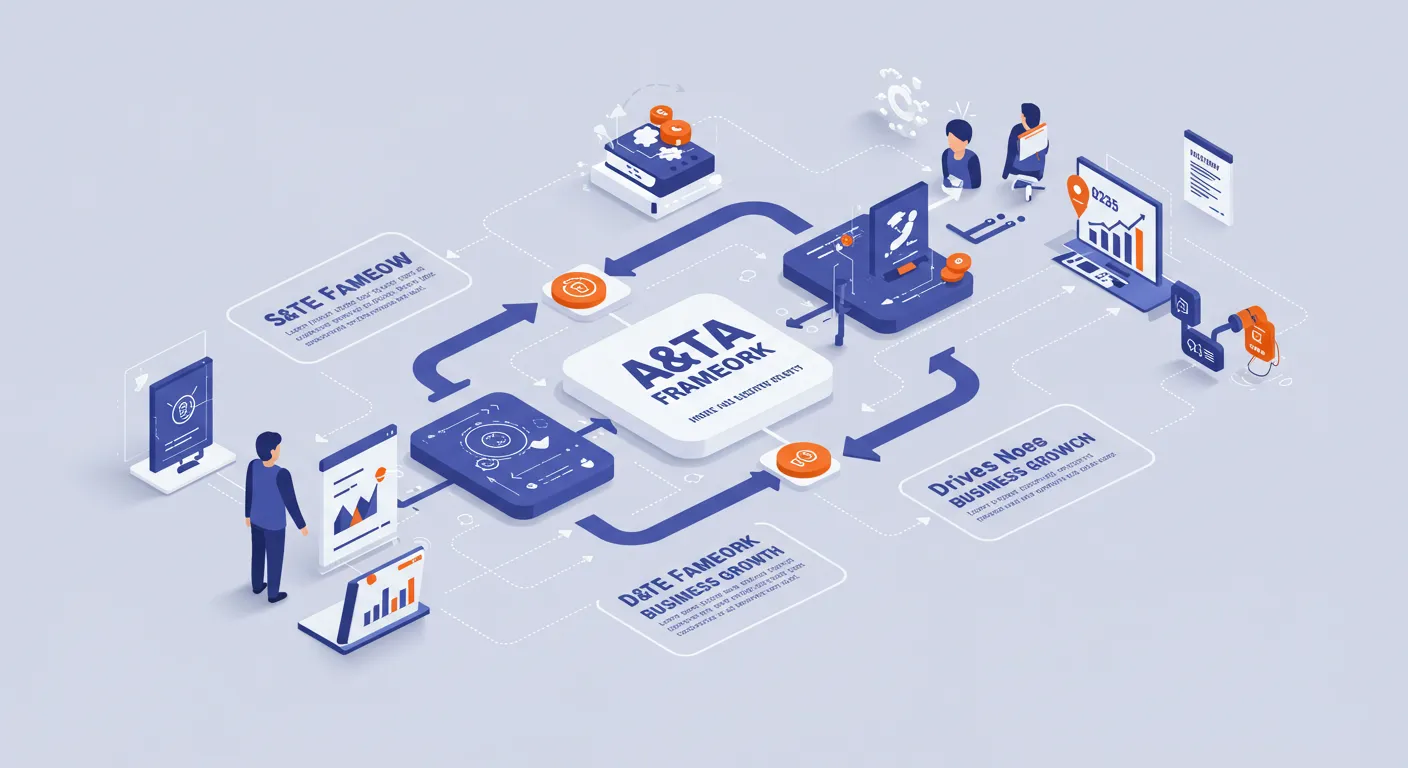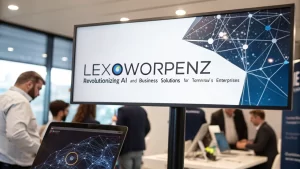Table of Contents
What Is A&TA and Why It Matters
In today’s rapidly evolving business landscape, many organizations struggle to keep up with change, identify performance issues early, and implement sustainable solutions. That’s where A&TA, a powerful system known as Awareness & Transformative Action, comes in. Designed to uncover root causes and implement focused improvements, A&TA is more than a framework—it’s a platform for organizations aiming to evolve with precision.
The A&TA approach is becoming increasingly popular in 2025 as companies seek structured, agile, and data-informed strategies. From boosting manufacturing efficiency to reducing healthcare costs, this guide walks you through the process and impact of A&TA.
The Foundation Behind Real Change
A&TA is structured around four tightly connected stages. Each plays a critical role in identifying issues, designing targeted responses, and keeping changes sustainable over time. The goal isn’t just short-term fixes—it’s a transformation that lasts.
Pinpointing the Problems

The first phase of the framework is all about awareness. To take action, you need to first understand what’s broken or underperforming. This is where data becomes your best friend.
- Employee Surveys: Using platforms like CultureAmp to measure engagement, process satisfaction, and pain points.
- Operational Metrics: Examining throughput, defect rates, cycle times, and financial KPIs via BI tools like Power BI or Tableau.
- Stakeholder Interviews: Conduct structured interviews with executives, managers, and frontline staff to surface hidden barriers.
Imagine a team trying to solve long customer wait times. Rather than jumping to conclusions, A&TA encourages them to survey employees, analyze internal metrics, and talk to stakeholders. These insights come together to paint a clear picture—called the Performance Gap Map—that shows exactly where outcomes are falling short.
Digging Deeper Than the Surface
Awareness alone isn’t enough. The next step is evaluation. This is where teams use tools like 5 Whys or Fishbone diagrams to trace problems back to their roots.
For example, instead of simply noting that orders are delayed, a business might discover that outdated software or unclear job roles are to blamethis is exactly what it means to business: taking ownership, digging deep, and resolving issues at their core. More About Here: Stand Business
- 5 Whys: Iteratively asking “Why?” to drill down to fundamental issues.
- Fishbone (Ishikawa) Diagrams: Categorizing potential sources of problems across People, Process, Technology, and Environment.
- Process Mining: Leveraging tools like Celonis to visualize process flows in ERP systems and detect bottlenecks.
Evaluation often brings unexpected discoveries. You might think the problem is staffing, only to find it’s a slow internal process. By prioritizing the true causes, you ensure that the following actions are more effective.
Also Read: Avtub: A New Era of Content Creation and Consumption
Turning Insight into Impact
The third stage—transformative action—is where things really start moving. Here, A&TA introduces change sprints. These are short, focused projects (typically 2–4 weeks long) designed to test and implement solutions quickly.
- Sprint Planning: Defining 2–4 week initiatives with clear objectives, deliverables, and ownership.
- Cross-Functional Teams: Assembling diverse squads (project managers, engineers, analysts, HR partners) for holistic solutions.
- Rapid Prototyping: Testing small-scale process changes before enterprise rollout.
- Measurement & Adaptation: Tracking sprint KPIs, conducting retrospectives, and adjusting backlogs.
Let’s say a finance team is bogged down by manual data entry. Rather than launching a year-long overhaul, they might pilot a new tool with one team. If it works, they can expand the solution across departments. Agile principles help maintain momentum and adapt on the fly.
Making Improvements Stick
A&TA doesn’t stop at solving problems. The final stage is sustainability and feedback. After all, change only matters if it lasts. Dashboards help track KPIs in real-time, while monthly check-ins ensure improvements are still delivering results.
- KPI Dashboards: Real-time visibility of the process and financial metrics.
- Feedback Loops: Regular feedback sessions with stakeholders to refine processes.
- Governance Forums: Monthly steering committees reviewing portfolio progress and authorizing next-wave sprints.
Stakeholder feedback is especially powerful here. What’s working? What isn’t? With continuous loops of review and refinement, organizations can build a culture of resilience and agility.
Proven Success Across Industries

This framework isn’t just theory—it delivers real-world results. Take GlobalAuto Corp, for example. Their assembly lines were plagued by delays, cutting into productivity and profits. By applying A&TA, they identified calibration issues and launched a sprint to improve processes. The outcome? Downtime dropped by 38%, and monthly throughput shot up.
A&TA Intervention:
- Awareness: Process mining revealed an average changeover of 45 minutes vs a target of 30.
- Evaluation: Fishbone analysis identified equipment calibration delays and inadequate training.
- Action: Launched a 3-week sprint to standardize calibration, implement quick-change tooling, and train operators.
- Sustainability: Dashboard monitoring and quarterly skills refresh sessions.
Results:
- Downtime reduced to 28 minutes (38% improvement).
- Monthly throughput increased by 12%.
- ROI: $2.4M incremental EBITDA in first 6 months.
In another case, FinTech360 used the approach to speed up customer onboarding. After analyzing user feedback and root causes, they introduced self-service guides and simplified the UI. The time-to-value dropped from 21 days to just 6. That’s the kind of change A&TA is designed to spark.
A&TA Intervention:
- Awareness: Process mining revealed an average changeover of 45 minutes vs a target of 30.
- Evaluation: Fishbone analysis identified equipment calibration delays and inadequate training.
- Action: Launched a 3-week sprint to standardize calibration, implement quick-change tooling, and train operators.
- Sustainability: Dashboard monitoring and quarterly skills refresh sessions.
Results:
- Downtime reduced to 28 minutes (38% improvement).
- Monthly throughput increased by 12%.
- ROI: $2.4M incremental EBITDA in first 6 months.
Even the healthcare sector is seeing results. CityHosp Network saved $8.7M annually by digitizing forms and automating claims. They didn’t need a massive overhaul—just targeted, well-executed improvements grounded in data.
- Awareness: Data analysis identified manual claims processing and redundant approvals.
- Evaluation: Process mining and stakeholder workshops flagged 4 redundant approval steps.
- Action: Implemented robotic process automation (RPA) pilot in a 3-week sprint, eliminated two approval layers, and digitized claim forms.
- Sustainability: Bi-weekly process reviews and capacity-building to extend RPA across departments.
Results:
- Administrative costs were reduced to 8.5% of revenue.
- Processing cycle time cut by 60%.
- ROI: $8.7M annual savings, 3-month payback.
Essential Tools That Power the Journey
To run an A&TA program smoothly, having the right tools is crucial. Platforms like CultureAmp and Qualtrics are go-to’s for collecting employee feedback. For process analysis, tools like Celonis and Signavio shine.
- Surveys & Employee Feedback: CultureAmp, Qualtrics, SurveyMonkey
- Process Mining: Celonis, UiPath Process Mining, Signavio
- Project & Sprint Management: Jira, Monday.com, Asana
- Automation & RPA: UiPath, Automation Anywhere, Blue Prism
- BI & Dashboards: Power BI, Tableau, Looker
When it’s time to execute change, platforms like Jira or Monday.com help teams manage agile sprints. For measuring success, dashboards powered by Power BI or Tableau provide instant visibility into progress.
Automation platforms such as UiPath or Blue Prism also play a huge role when the solution involves streamlining repetitive tasks.
Avoiding Common Pitfalls
Even the best frameworks can run into trouble. Resistance to change is a common hurdle. To avoid this, organizations should involve people early and communicate clearly.
Another trap is doing too much too fast. A&TA encourages you to focus on the top few root causes instead of trying to fix everything at once. And remember—without clear metrics and leadership support, even the best ideas can stall.
Scope creep can derail sprints, so tight planning and governance are essential. Likewise, ongoing measurement ensures that progress is real and lasting.
- Resistance to Change: Mitigate by engaging champions, transparent communication, and training.
- Analysis Paralysis: Focus on the top 2–3 causes in the Evaluate phase; avoid over-scoping.
- Scope Creep: Use strict sprint backlogs and governance gates.
- Insufficient Measurement: Define clear KPIs up front and use dashboards for real-time tracking.
- Lack of Leadership Buy-In: Present ROI estimates early and secure executive sponsorship.
Your A&TA Success Gameplan

While every organization is unique, successful A&TA implementations tend to follow similar patterns. Here’s a simple path to guide your journey:
Start by understanding your current state through surveys and data. Next, prioritize the most important issues to tackle. Then, launch sprints with clear timelines and cross-functional teams.
Use dashboards for visibility and track your progress closely. Keep adjusting based on what you learn. And most importantly, embed regular feedback sessions so change becomes part of your culture, not just a one-time effort.
- Map current-state performance with metrics, surveys, and stakeholder input.
- Prioritize root causes by ranking issues based on impact and effort.
- Launch focused sprints with defined objectives, timelines, and ownership.
- Empower cross-functional teams and assign clear roles for accountability.
- Implement real-time dashboards for ongoing visibility into key performance indicators.
- Conduct regular retrospectives to capture learnings and adjust future sprints.
- Institutionalize feedback loops and governance forums to sustain continuous improvement.
Future-Proofing Your Organization
As business becomes more complex, organizations that can adapt quickly will win. A&TA is not just a method for fixing problems—it’s a way to build flexibility and insight into everything you do.
Whether you’re in tech, healthcare, manufacturing, or any other field, A&TA helps turn uncertainty into opportunity. The framework is agile enough to respond to fast change and rigorous enough to ensure solutions are lasting.
Final Thoughts
The A&TA framework offers a platform for lasting business transformation. By combining data, structured problem-solving, and agile change, it delivers real value—fast. Whether you’re just getting started or looking to optimize existing processes, A&TA provides a proven roadmap.
Ready to take the next step? Download the exclusive A&TA Toolkit PDF or schedule a discovery workshop with our team to kick off your first diagnostic sprint.
FAQs
What does A&TA stand for and why is it important?
A&TA means Awareness & Transformative Action. It helps businesses spot root problems and apply agile changes for long-term performance improvement.
How long does it take to see results with A&TA?
Many organizations see measurable results within 4–6 weeks through focused change sprints and ongoing performance tracking.
Can A&TA be used in small businesses or only large companies?
A&TA is scalable. Small teams can use it just as effectively to target key issues, run short sprints, and improve processes without major investment.





